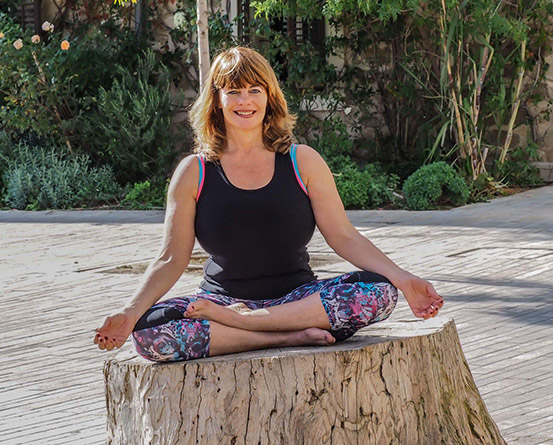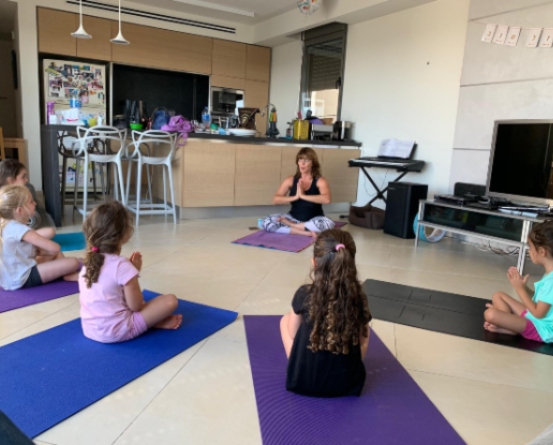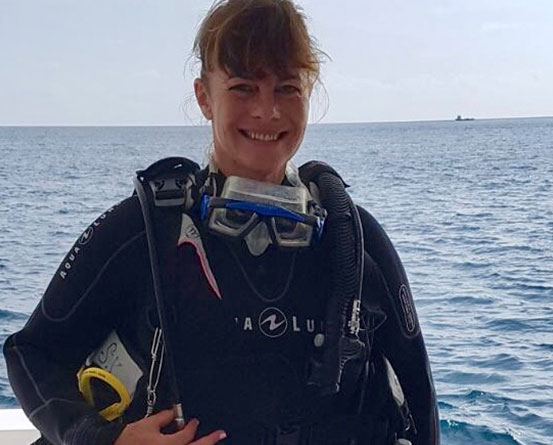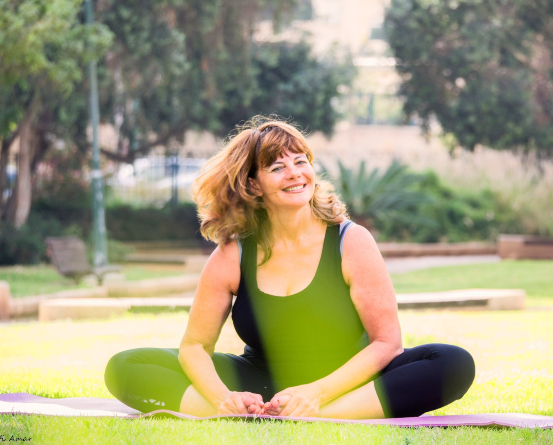Yoga Breathing and Pranayama

Yoga in Life
8 בDecember 2018
What is YogaFlow Style?
10 בDecember 2018
Yoga Breathing and Pranayama
The main tool we use in yoga is the breath. We develop breath awareness and learn to breathe deep, long, even breaths during our yoga practice; thereby, learning to calm ourselves during stressful situations in our daily lives.
The more we practice breathing during our physical practice on the mat, we will be able to apply this important tool in our life off the mat.
The meditative movement led by the breath during our yoga practice teaches us to breathe correctly, become aware of our breath and calm ourselves when we feel stress, anxiety and pressure in our daily breath.
- The quality of our breath is the key to the quality of our practice since our breath reflects our inner essence and connects between our physical body and our spirit and higher self.
- By linking breath with movement during our physical practice and lengthening the time of our inhales and exhales, we can deepen our postures and experience their essence.
- It is important to keep in mind that the breath is the guiding factor and initiates the movement. Therefore, the length of the breath will determine the length of the movement.
- When we become stressed or attempt to practice a challenging posture, our breathing rate accelerates and we leave our inner peace and rhythm.
- The way to calm our mind and body is to return to our breath and take deep inhales and exhales and we will then calm our mind and body and return to our inner peace.
A guided meditation and breathing video to calm our mind and manifest a wonderful day:
"Breath is central to yoga because it is central to life and yoga is about life". ~Krishnamacharya
“Breathe. Let go.
Remind yourself that this very moment is the only one you know you have for sure.” ~Anonymous
Benefits of Pranayama
Pranayama are breathing techniques and exercises which aid us in controlling our breath resulting in the merging of the body and spirit.
“Prana” in Sanskrit means “life force” and “pranayama” is the process by which our life force is controlled in order to calm our mind, rejuvenate our body, reduce afflictions, and awaken our higher states of consciousness.
During pranayama practice, all of our attention is focused on our breath.
Benefits of Pranayama:
- improves our concentration and clarity of thought
- helps increase the mental and physical powers of endurance
- the path to deeper relaxation and meditation
- provides relief from pain caused by the compression of nerve endings
- helps in increasing oxygen supply to the brain which in turn helps controlling the mind.
Three Common Pranayama Techniques
|
Type |
How To |
Benefits |
|
Ujjayi Pranayama (Ocean Breathing) |
This pranayama is most often used in association with the practice of yoga poses, especially in the vinyasa yoga which is breath-synchronized movement. In this technique we contract the larynx slightly and thus narrow the air passage. 2. On the exhales, begin to tone the back of the throat, slightly constricting the passage of air. Imagine that you are fogging up a mirror. 3. Once you are comfortable with the exhale, begin to apply the same toning of the throat to the inhales. (Note: This is where the name of the breath comes from: it sounds like the ocean.) 4. When you are able to control the throat on both the inhale and the exhale, close the mouth and begin breathing through the nose. Continue applying the same toning to the throat that you did when the mouth was open. The breath will still make a loud noise coming in and out of the nose. This is Ujjayi breath. |
· Provides deep relaxation to the body and mind. · Strengthens the nervous and respiratory system. · Improves concentration. · Relieves stress, depression and hypertension. |
|
Kapalbhati (Cleansing Breathing) |
In Kapalabhati, we breathe faster than normal and use only abdominal breathing.
At the end of the Kapalabhati rounds, take several slow breaths in order to prevent dizziness. |
· Cleans capillaries and purifies the frontal portion of the brain. · Aids in combating nervous disorders. · Cleans the nasal passages. |
|
NadiShodhan (Alternate Nostril Breathing) |
In this technique we lengthen our inhales and exhales and breathe only through our nostrils.
|
· Lengthens inhales and exhales, thereby, inducing peace and calmness. · Cleanses and tones up entire nervous system. · Removes mental tension and worries. · Heart strengthening. · Clears blocked nostrils.
|






